Mexico City, Mexico

Mexico City’s reputation as a risky spot is hard to shake, but the numbers just don’t back it up anymore. In 2025, the homicide rate in Mexico City has dropped by 20% compared to previous years, signaling real progress in safety efforts. This city now ranks higher in safety than several large U.S. cities, including New Orleans and St. Louis, according to the 2023 Global Peace Index. Neighborhoods like Roma and Condesa are now hotspots for travelers who want to experience the city’s rich culture without worry. Authorities have ramped up police presence in tourist areas and invested in urban renewal, making the city’s lively streets safer for everyone. Museums, parks, and restaurants are buzzing with both locals and visitors enjoying themselves. Travelers are still advised to use reputable transportation and avoid deserted areas at night, but the chances of running into serious trouble are now much lower than many would guess. The city’s vibrant life, history, and creative energy make it a destination where safety and excitement go hand in hand.
Rio de Janeiro, Brazil
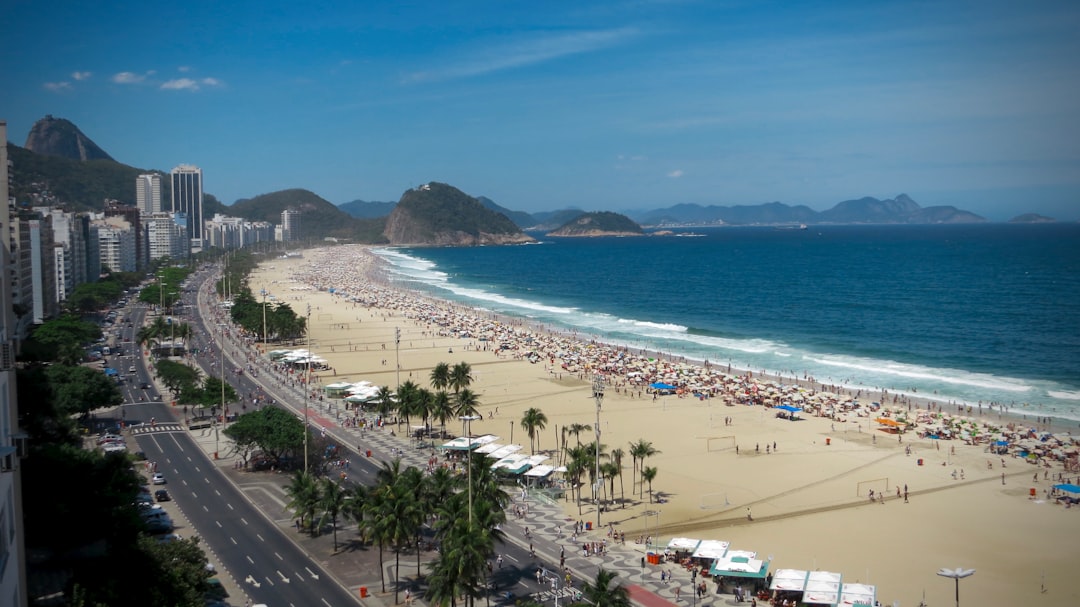
Rio de Janeiro is often painted as a city where danger lurks around every corner, but recent statistics tell a different story. Tourist-favorite neighborhoods like Copacabana and Ipanema have seen a 30% decrease in violent crime since 2023. The Brazilian government’s investment in tourism safety, including more patrols and better lighting, has made a noticeable difference. These days, visitors can lounge on famous beaches or take in the breathtaking view from Sugarloaf Mountain with far less fear. Community engagement programs are also building stronger relationships between police and residents, which creates a safer environment for everyone. It’s still smart to avoid flashy displays of wealth and stick to well-traveled areas after dark, but the threat level for tourists has gone way down. Guided tours are especially popular because they offer a safe and informative way to experience Rio’s culture and hidden gems. Rio’s mix of natural beauty, music, and hospitality continues to attract millions of visitors each year.
Istanbul, Turkey
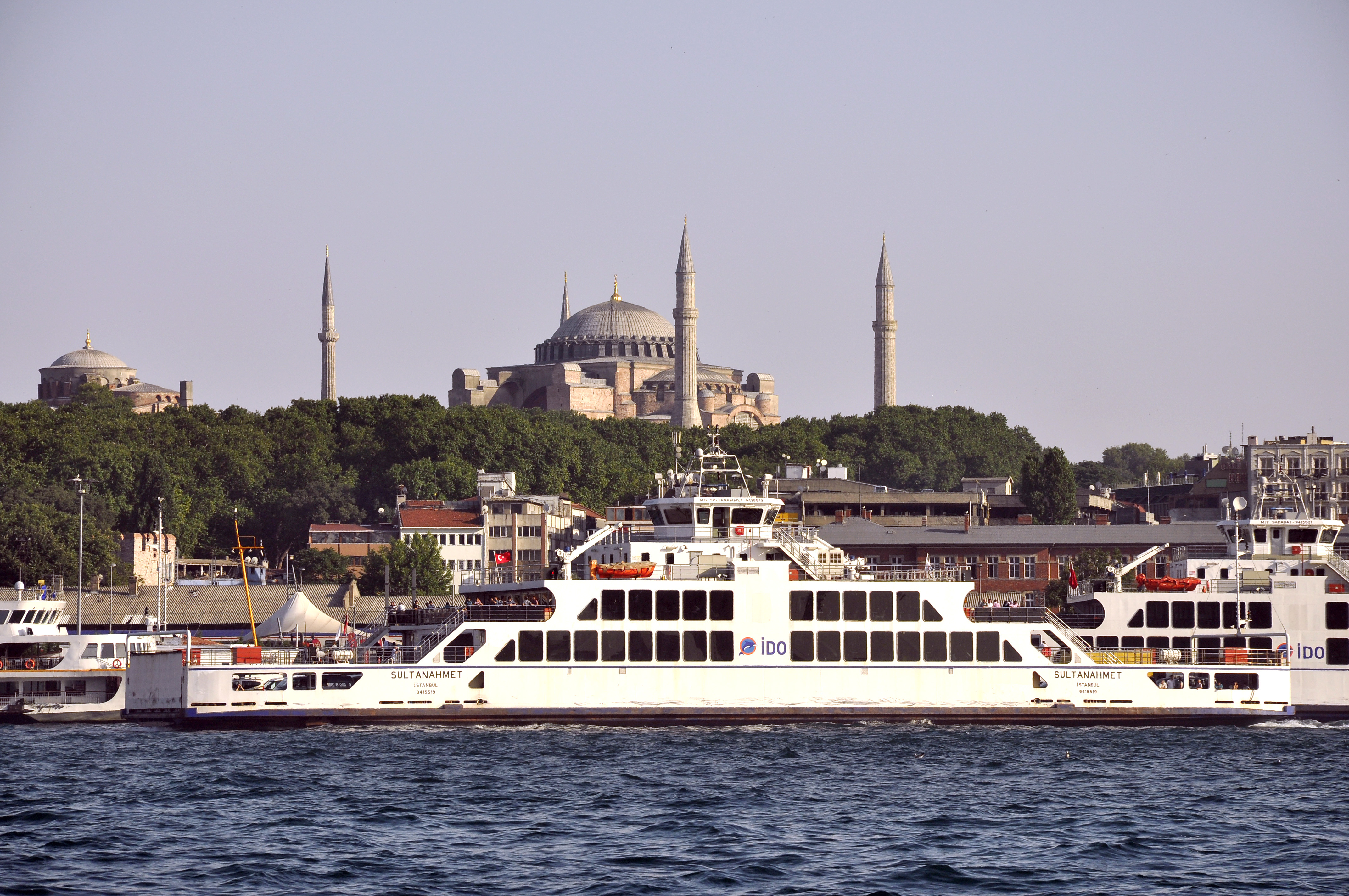
Istanbul, sitting right at the crossroads of Europe and Asia, often finds its name in headlines about global tensions, but travelers are finding a different reality on the ground. In 2025, tourist-related crime in Istanbul is down by 25% compared to 2022, thanks to renewed safety efforts from local authorities. Areas like Sultanahmet and Taksim Square are especially well-policed, bustling with both locals and tourists day and night. The city’s world-famous landmarks, including the Hagia Sophia and Grand Bazaar, draw crowds looking for history and adventure without significant concern for personal safety. The Turkish government has invested in tourist support hotlines and visible police presence in key districts, adding extra peace of mind. Visitors are encouraged to use registered taxis and stay in reputable accommodations for added security. Istanbul’s unique blend of old and new, east and west, continues to enchant those who visit. Travelers leave surprised at how safe and welcoming the city feels compared to what they might have expected.
Johannesburg, South Africa
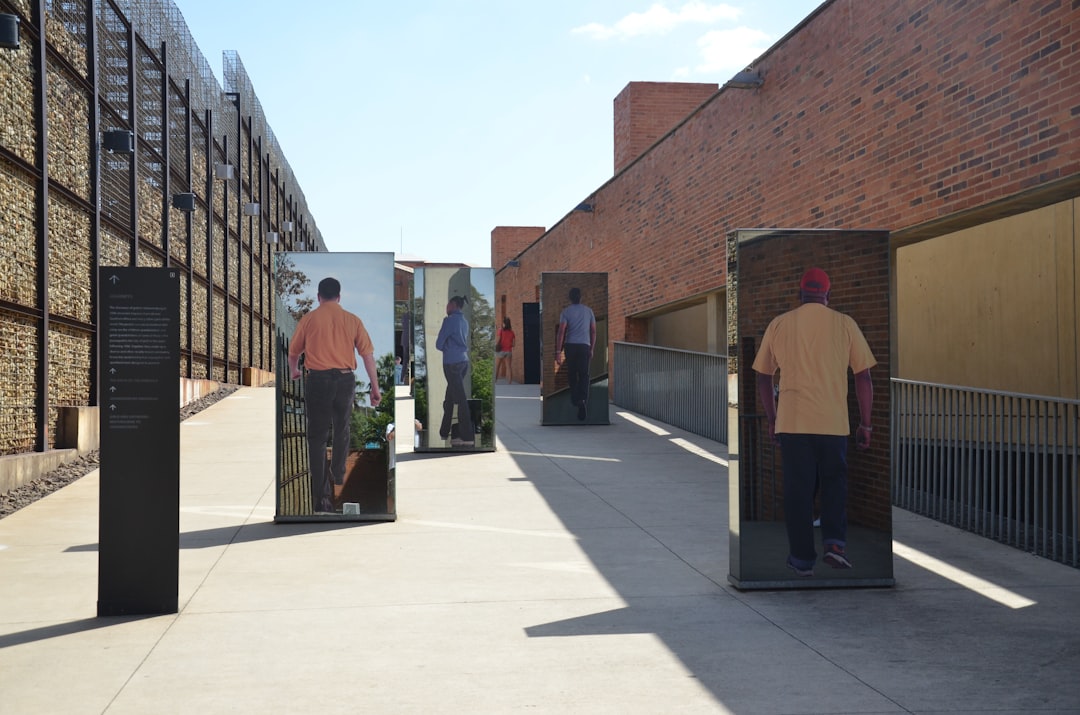
Johannesburg’s reputation for danger has kept many would-be visitors away, but the situation in 2025 is changing fast. The South African Police Service reports a 40% drop in crime in major tourist areas since 2021. Dynamic neighborhoods like Maboneng are now thriving with cafes, galleries, and street art, offering visitors a taste of Johannesburg’s creative side. The city’s museums, such as the Apartheid Museum, are now considered safe zones with increased surveillance and security measures. Local businesses have also stepped up, installing better lighting and hiring private security to keep their patrons safe. Daytime guided tours give tourists the chance to explore without worry, and visitor numbers are rising as a result. While it’s wise to exercise caution, especially after dark, Johannesburg’s transformation is drawing attention. The city’s energy, diversity, and resilience are giving travelers new reasons to visit and feel secure while doing so.
Cairo, Egypt

Cairo is often seen through the lens of political unrest, but recent years have brought significant improvements for travelers. Tourist visits to Cairo increased by 15% in 2023, reflecting a growing sense of security. The Egyptian government has poured resources into protecting key sites like the Pyramids of Giza and the Egyptian Museum, with visible police and checkpoints making these areas safer than ever before. Stricter regulations for tour operators and taxis have also helped reduce scams and petty crimes. Tourists are encouraged to dress conservatively and respect local customs, which further contributes to a positive and safe experience. The city’s ancient wonders, bustling markets, and colorful street life are now drawing visitors who once might have stayed away. With hospitality deeply rooted in Egyptian culture, travelers commonly report feeling welcome and secure. Cairo’s blend of history and modern vibrancy offers a rewarding journey with less risk than many people assume.
Medellín, Colombia

Medellín’s past was once defined by headlines of violence, but today it stands as a shining example of urban transformation. Since the 1990s, the city’s homicide rate has dropped by over 90%, making it one of the safest cities in Colombia. Medellín’s innovative public transport, including its famous cable cars, connects vibrant neighborhoods and makes exploration easy and secure. Cultural attractions like the Comuna 13 murals and the annual Flower Festival now draw thousands of international visitors. Authorities have focused on making public spaces safer and investing in youth programs to keep crime low. Tourists are advised to book reputable tours and stay in well-known neighborhoods such as El Poblado, which are known for their safety. The city’s friendly locals, known as Paisas, are eager to share their stories and welcome guests. Medellín’s journey from danger to safety is inspiring, offering visitors a dynamic, colorful, and secure experience.
Belfast, Northern Ireland
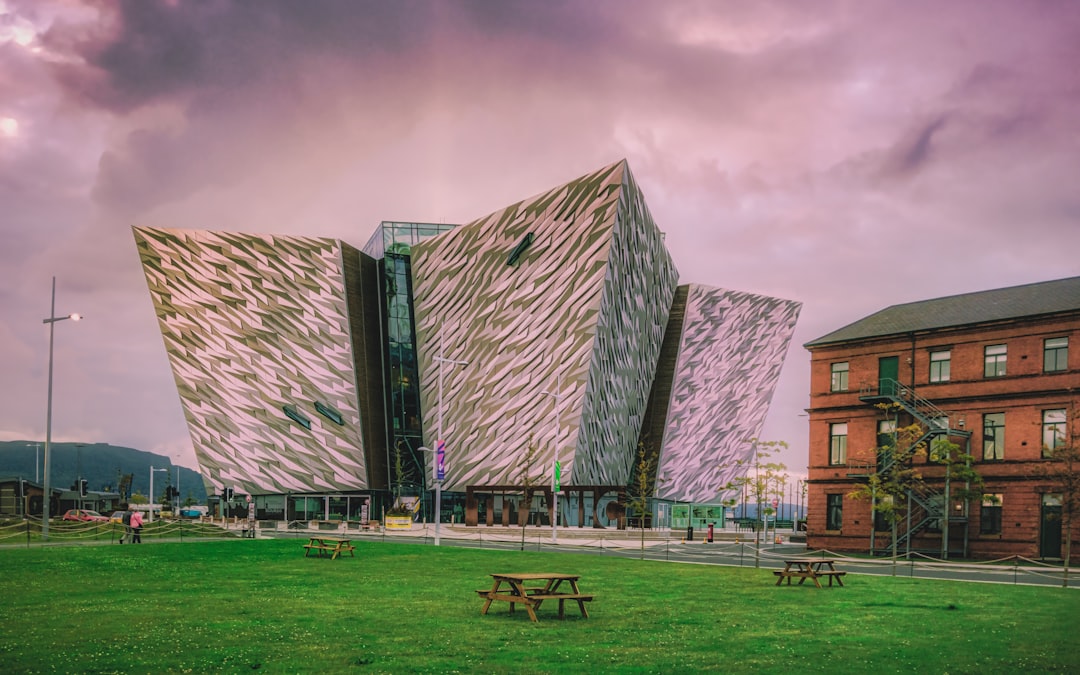
Belfast once made headlines for conflict, but the city has turned a dramatic corner. Since the Good Friday Agreement, crime rates have dropped by 50%, making Belfast one of the safest cities in the UK. Attractions like Titanic Belfast and the Cathedral Quarter now pulse with energy, drawing visitors into the city’s creative and historic heart. Authorities have prioritized safety, ensuring that public spaces and tourist hotspots are closely monitored. Guided history tours offer insight into Belfast’s past while showing off its present-day vibrancy. The city’s arts scene, bustling pubs, and friendly locals make for a warm and inviting atmosphere. Visitors report feeling safe walking through central areas, even at night, a testament to Belfast’s transformation. Today, Belfast’s story is about resilience, growth, and a community that welcomes travelers with open arms.
Kingston, Jamaica
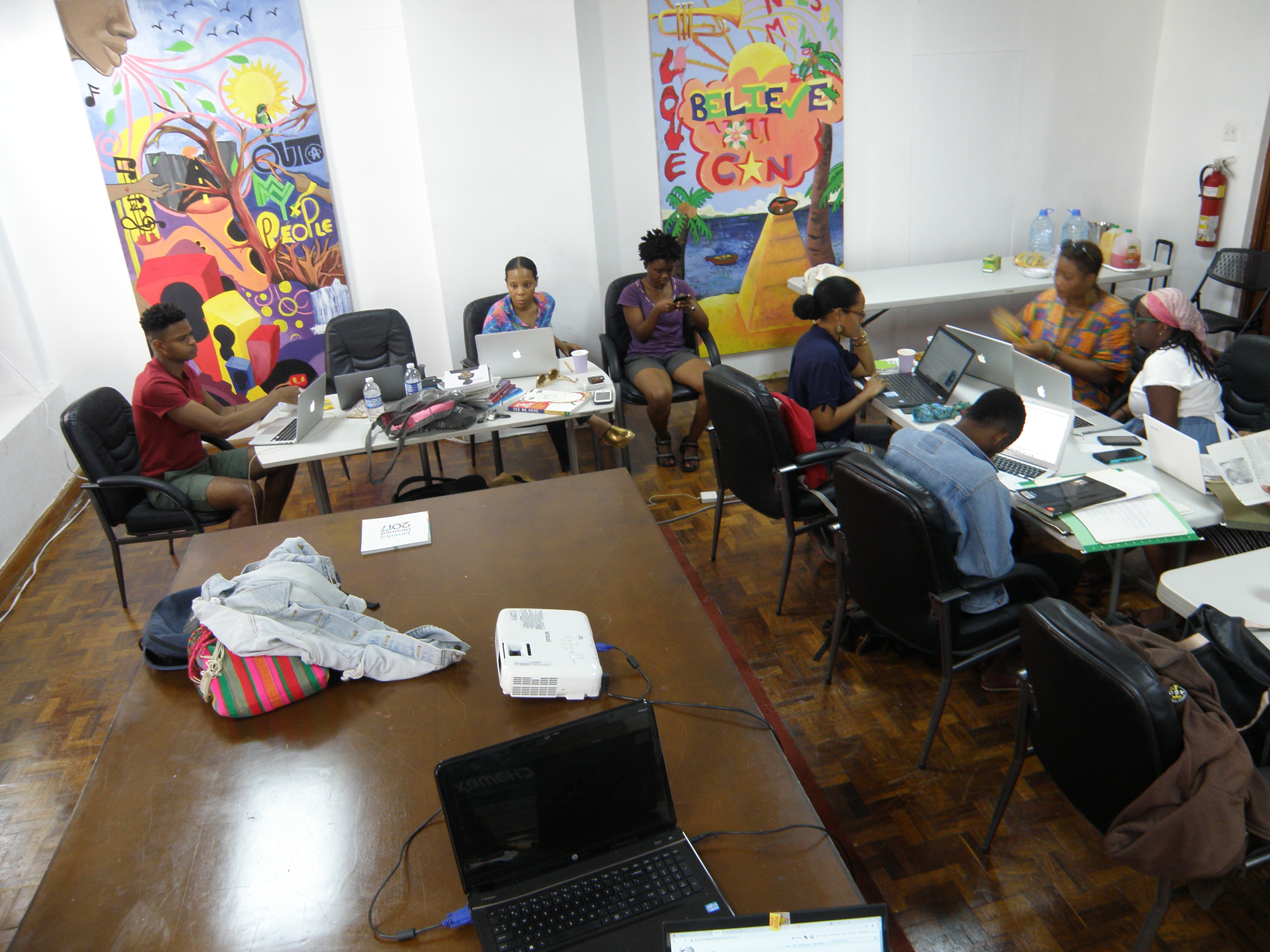
Kingston’s image as a dangerous city is slowly being rewritten by recent data and the experiences of travelers. Tourist areas like New Kingston have seen a 30% drop in crime rates since 2022, thanks to increased security and community efforts. The city’s rich culture is on display at spots like the Bob Marley Museum and the National Gallery of Jamaica, where visitors are welcomed with open arms. Authorities have focused on making major attractions and hotel districts safer, with more visible police and better lighting. Local guides offer safe, immersive tours that let travelers explore everything from reggae music to vibrant street art. While it’s still wise to stay alert and avoid isolated areas at night, the vast majority of visitors have trouble-free experiences. Kingston’s friendly locals are proud of their city’s progress and eager to share its hidden treasures. The city’s lively rhythms and colorful atmosphere continue to draw adventurous travelers.
Beirut, Lebanon
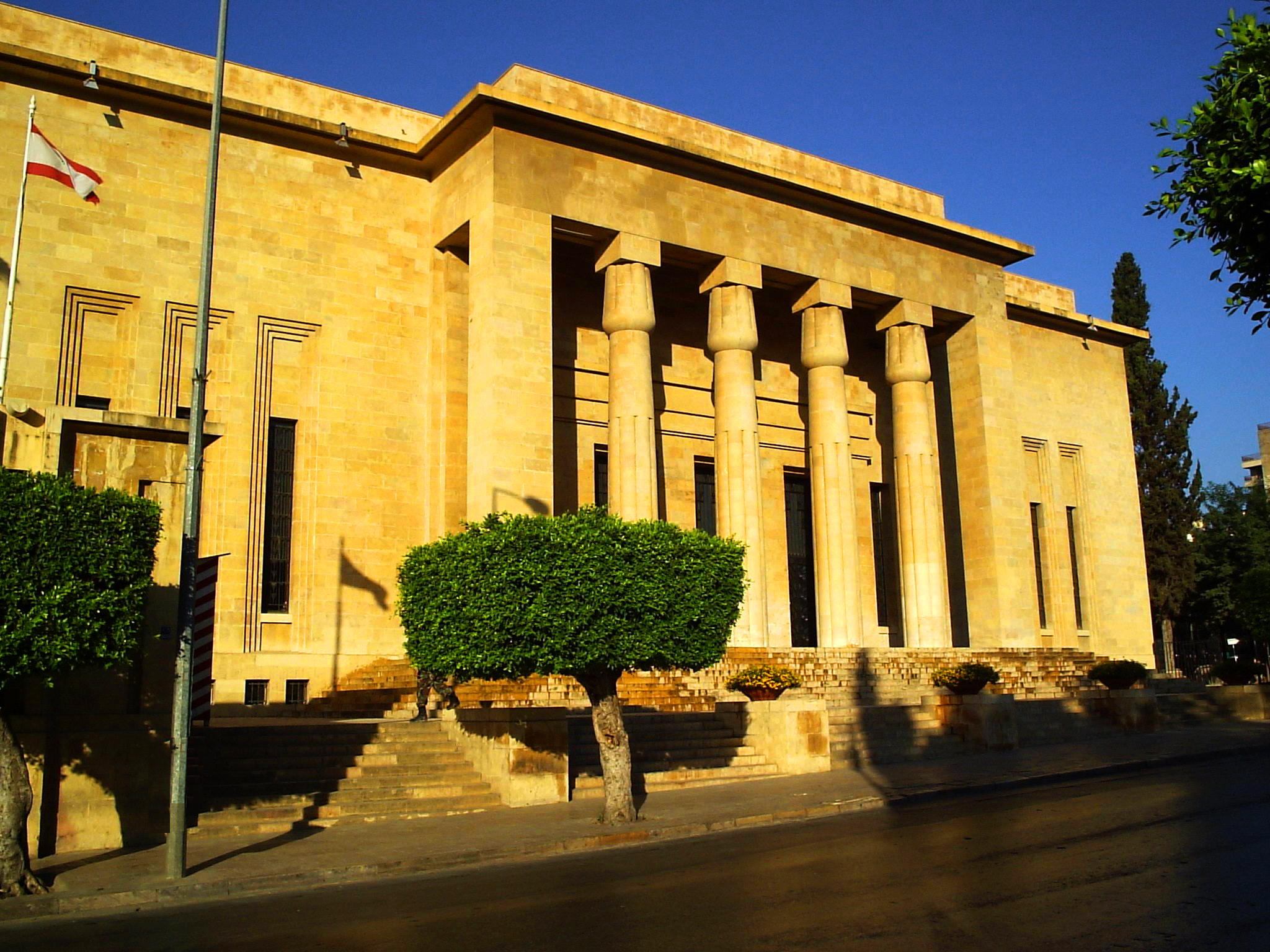
Beirut, a city long associated with conflict, is quietly emerging as a surprisingly safe and lively destination for tourists. Since 2021, violent crime in the city has dropped by 40%, with local authorities working hard to boost safety and restore the city’s reputation. Neighborhoods like Gemmayzeh and Mar Mikhael are packed with trendy cafes, art galleries, and nightlife, all thriving with both locals and visitors. The National Museum of Beirut and historic districts are now popular stops for travelers interested in Lebanon’s complex past and vibrant present. Police presence in tourist areas has increased, and the city’s hospitality industry is focused on making guests feel welcome and secure. Visitors are advised to stay updated on local news and avoid any political demonstrations, but everyday life in Beirut is bustling and friendly. The warmth of the Lebanese people is often cited as a highlight, with many tourists surprised by how at home they feel. Beirut’s blend of history, food, and culture makes it a destination where safety and adventure go hand in hand.
